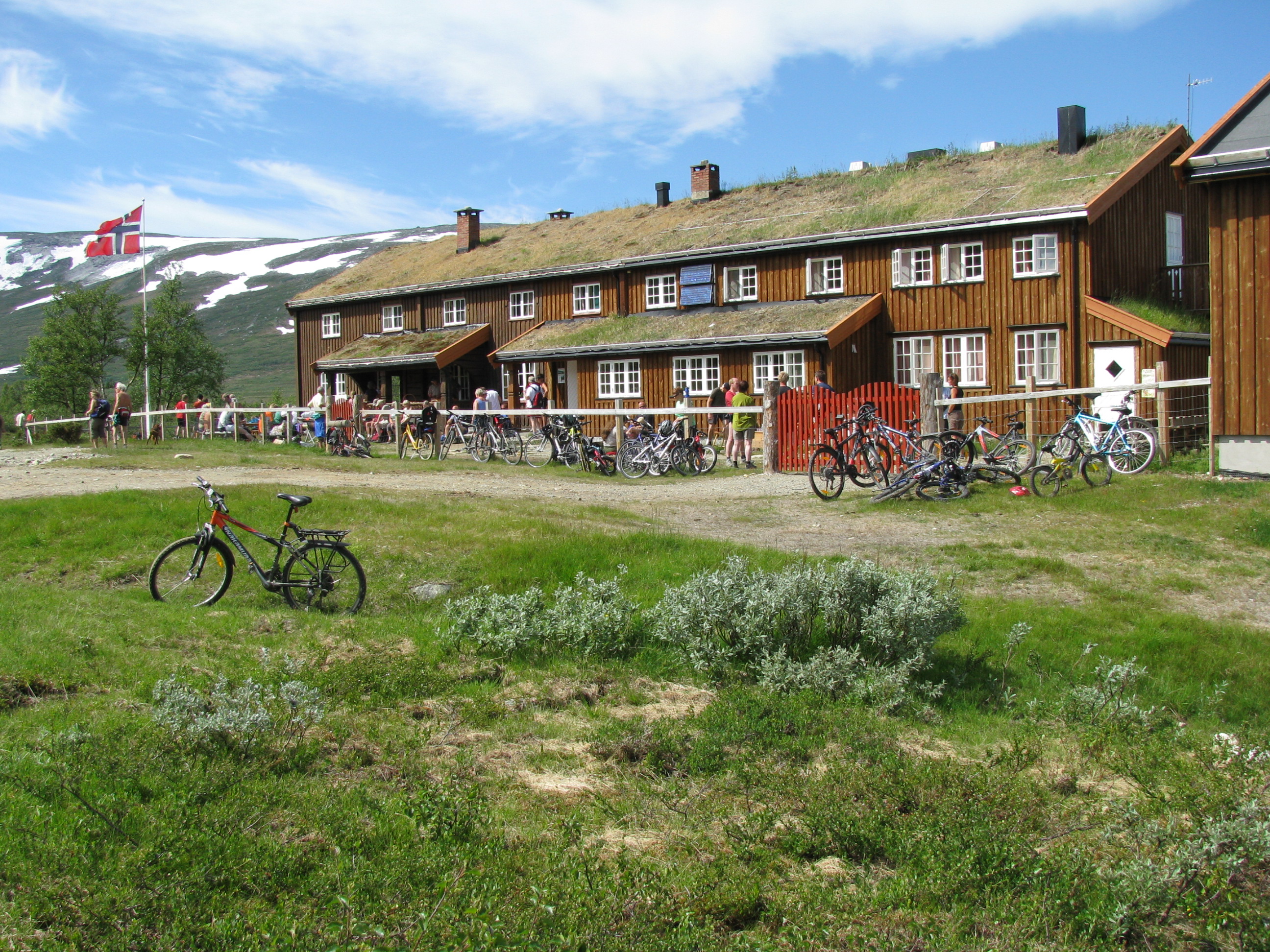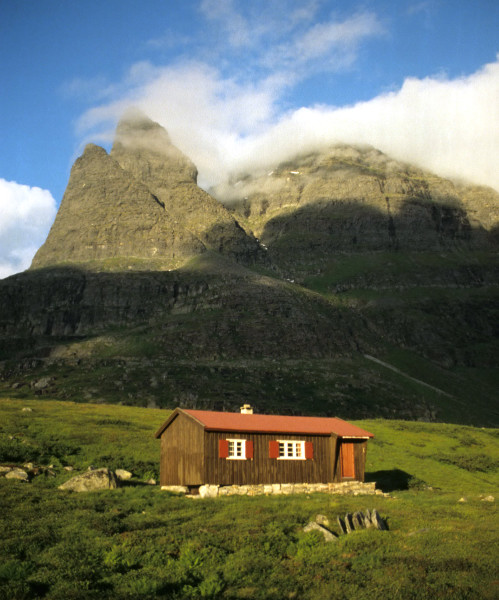|
Grånebba
Vassnebba or Grånebba is a mountain on the border of the municipalities of Sunndal and Surnadal in Møre og Romsdal county, Norway. It lies on the western border of the Trollheimen mountain range, just southwest of the Todalsfjorden and the village of Todalsøra and southeast of the village of Ålvund. The mountain is easily accessed from both sides, summer and winter. Name The mountain has two different names. People from Todalsøra, in the valley to the east of the mountain, call it ''Vassnebba'', while people on the western side, Ålvundeid Ålvundeid is a former municipality in Møre og Romsdal county, Norway. The municipality existed from 1899 until its dissolution in 1960. It had one of the smallest municipal populations in Norway. It was located in the northern part of the p ..., use the name ''Grånebba''. References Mountains of Møre og Romsdal Sunndal Surnadal {{MøreRomsdal-geo-stub ... [...More Info...] [...Related Items...] OR: [Wikipedia] [Google] [Baidu] |
Møre Og Romsdal
Møre og Romsdal (; en, Møre and Romsdal) is a county in the northernmost part of Western Norway. It borders the counties of Trøndelag, Innlandet, and Vestland. The county administration is located in the town of Molde, while Ålesund is the largest town. The county is governed by the Møre og Romsdal County Municipality which includes an elected county council and a county mayor. The national government is represented by the county governor. Name The name ''Møre og Romsdal'' was created in 1936. The first element refers to the districts of Nordmøre and Sunnmøre, and the last element refers to Romsdal. Until 1919, the county was called "Romsdalens amt", and from 1919 to 1935 "Møre fylke". For hundreds of years (1660-1919), the region was called ''Romsdalen amt'', after the Romsdalen valley in the present-day Rauma Municipality. The Old Norse form of the name was ''Raumsdalr''. The first element is the genitive case of the name ''Raumr'' derived from the name of the ... [...More Info...] [...Related Items...] OR: [Wikipedia] [Google] [Baidu] |
Norway
Norway, officially the Kingdom of Norway, is a Nordic country in Northern Europe, the mainland territory of which comprises the western and northernmost portion of the Scandinavian Peninsula. The remote Arctic island of Jan Mayen and the archipelago of Svalbard also form part of Norway. Bouvet Island, located in the Subantarctic, is a dependency of Norway; it also lays claims to the Antarctic territories of Peter I Island and Queen Maud Land. The capital and largest city in Norway is Oslo. Norway has a total area of and had a population of 5,425,270 in January 2022. The country shares a long eastern border with Sweden at a length of . It is bordered by Finland and Russia to the northeast and the Skagerrak strait to the south, on the other side of which are Denmark and the United Kingdom. Norway has an extensive coastline, facing the North Atlantic Ocean and the Barents Sea. The maritime influence dominates Norway's climate, with mild lowland temperatures on the se ... [...More Info...] [...Related Items...] OR: [Wikipedia] [Google] [Baidu] |
Trollheimen
Trollheimen is a mountain range in Møre og Romsdal and Trøndelag counties in central Norway. The mountain range is part of the Scandinavian Mountains. Etymology The name ('the home of the trolls') was proposed by Håkon Løken and used by Trondhjems Turistforening in the 1880s, and is considered a "tourist name" (there was no single name for the entire area before). Trollheimen is now the common name in Norway for this mountain range. Topography and climate Trollheimen is often considered the most varied of all mountain ranges in Norway for several reasons. The mountains in the western part are alpine in form, with pointed peaks and typical river valleys. The mountains in the east are less steep with more rounded shapes predominating, and the valleys are wider and bear the mark of being created by glaciers. The climate differs from the more oceanic climate in the west to a considerably drier, continental climate in the eastern valleys, due to their being sheltered by mounta ... [...More Info...] [...Related Items...] OR: [Wikipedia] [Google] [Baidu] |
Sunndal
is a municipality in the Nordmøre region located in the northeast part of Møre og Romsdal county, Norway. The administrative center of the municipality is the village of Sunndalsøra. Other villages include Gjøra, Grøa, Hoelsand, Jordalsgrenda, Romfo, Ålvund, Ålvundeidet, and Øksendalsøra. With an area of , it is the largest municipality in Møre og Romsdal county. The important occupations in Sunndal include industry (with Hydro Aluminium Sunndal as the biggest employer), public services, retail, and farming. The municipality is the 47th largest by area out of the 356 municipalities in Norway and it is the largest in Møre og Romsdal county. Sunndal is the 143rd most populous municipality in Norway with a population of 6,932. The municipality's population density is and its population has decreased by 3.7% over the previous 10-year period. General information The parish of Sunndal was established as a municipality on 1 January 1838 (see formannskapsdistrikt law). I ... [...More Info...] [...Related Items...] OR: [Wikipedia] [Google] [Baidu] |
Surnadal
Surnadal () is a municipality in Møre og Romsdal county, Norway. It is part of the Nordmøre region. The administrative centre is the village of Skei. Other villages in Surnadal include Glærem, Mo, Stangvik, Surnadalsøra, Sylte, Todalsøra, and Åsskard. A mild climate and rich soil make Surnadal well suited for agriculture. The local economy is based on agriculture, forestry, and industrial production, in addition to services. The municipality is the 68th largest by area out of the 356 municipalities in Norway. Surnadal is the 163rd most populous municipality in Norway with a population of 5,849. The municipality's population density is and its population has decreased by 1.7% over the previous 10-year period. General information The parish of Surnadal was established as a municipality on 1 January 1838 (see formannskapsdistrikt law). In 1858, the eastern district (population: 2,684) was separated from Surnadal to form the new Rindal Municipality. This left Surnadal w ... [...More Info...] [...Related Items...] OR: [Wikipedia] [Google] [Baidu] |
Todalsøra
Todalsøra or Todalen is a village in Surnadal Municipality in Møre og Romsdal county, Norway. The rather isolated village is located at the end of the Todalsfjorden, about south of the villages of Surnadalsøra and Skei (the municipal centre of Surnadal). The village of Ålvund in Sunndal Municipality lies to the west, although there is no direct connections by road between the two villages. Todalen Church is located in this village. It is located where the river Toåa empties into the Todalsfjorden. Norwegian County Road 671 ends in the village, the only road connecting the village to the rest of Norway. The mountain Vassnebba Vassnebba or Grånebba is a mountain on the border of the municipalities of Sunndal and Surnadal in Møre og Romsdal county, Norway. It lies on the western border of the Trollheimen mountain range, just southwest of the Todalsfjorden and the vill ... lies just to the west and the mountains Indre Sula and Ytre Sula lie just to the north.. ... [...More Info...] [...Related Items...] OR: [Wikipedia] [Google] [Baidu] |
Ålvund
Ålvund is a village in Sunndal Municipality in Møre og Romsdal county, Norway. It is located at the beginning of the Ålvundfjorden (an extension of the Trongfjorden, about northwest of the village of Ålvundeidet and the Innerdalen valley. The river Ålvundelva flows down the Innerdalen valley, through the village of Ålvundeidet, and empties into the fjord at the village of Ålvund. The Norwegian National Road 70 runs through Ålvund on its way from the village of Sunndalsøra north to the village of Tingvoll and on the town of Kristiansund. Its population in 2003 was 202, but since 2004 it has not been considered to be an urban settlement by Statistics Norway, and its data is therefore not tracked. See also Other neighboring villages in Sunndal municipality: Gjøra, Grøa, Hoelsand, Jordalsgrenda, Romfo, Ålvundeidet, Øksendalsøra Øksendalsøra is a village in Sunndal Municipality in Møre og Romsdal county, Norway. The village is located along the Sunndalsfjord ... [...More Info...] [...Related Items...] OR: [Wikipedia] [Google] [Baidu] |
Ålvundeid
Ålvundeid is a former municipality in Møre og Romsdal county, Norway. The municipality existed from 1899 until its dissolution in 1960. It had one of the smallest municipal populations in Norway. It was located in the northern part of the present-day Sunndal Municipality. The old municipality included the Innerdalen valley and the Ålvund valley area. The administrative centre was the village of Ålvundeidet, also where the Ålvundeid Church is located. History The municipality of ''Ulvundeid'' was established on 1 January 1899 when it was split off from Øksendal municipality. The new municipality had an initial population of 462, making it one of the smallest municipalities in the county. The name was later changed to Ålvundeid. During the 1960s, there were many municipal mergers across Norway due to the work of the Schei Committee. On 1 January 1960, Ålvundeid Municipality (population: 513) was merged with Øksendal Municipality (population: 497) and Sunndal Munic ... [...More Info...] [...Related Items...] OR: [Wikipedia] [Google] [Baidu] |
Mountains Of Møre Og Romsdal
A mountain is an elevated portion of the Earth's crust, generally with steep sides that show significant exposed bedrock. Although definitions vary, a mountain may differ from a plateau in having a limited summit area, and is usually higher than a hill, typically rising at least 300 metres (1,000 feet) above the surrounding land. A few mountains are isolated summits, but most occur in mountain ranges. Mountains are formed through tectonic forces, erosion, or volcanism, which act on time scales of up to tens of millions of years. Once mountain building ceases, mountains are slowly leveled through the action of weathering, through slumping and other forms of mass wasting, as well as through erosion by rivers and glaciers. High elevations on mountains produce colder climates than at sea level at similar latitude. These colder climates strongly affect the ecosystems of mountains: different elevations have different plants and animals. Because of the less hospitable terrain and ... [...More Info...] [...Related Items...] OR: [Wikipedia] [Google] [Baidu] |



